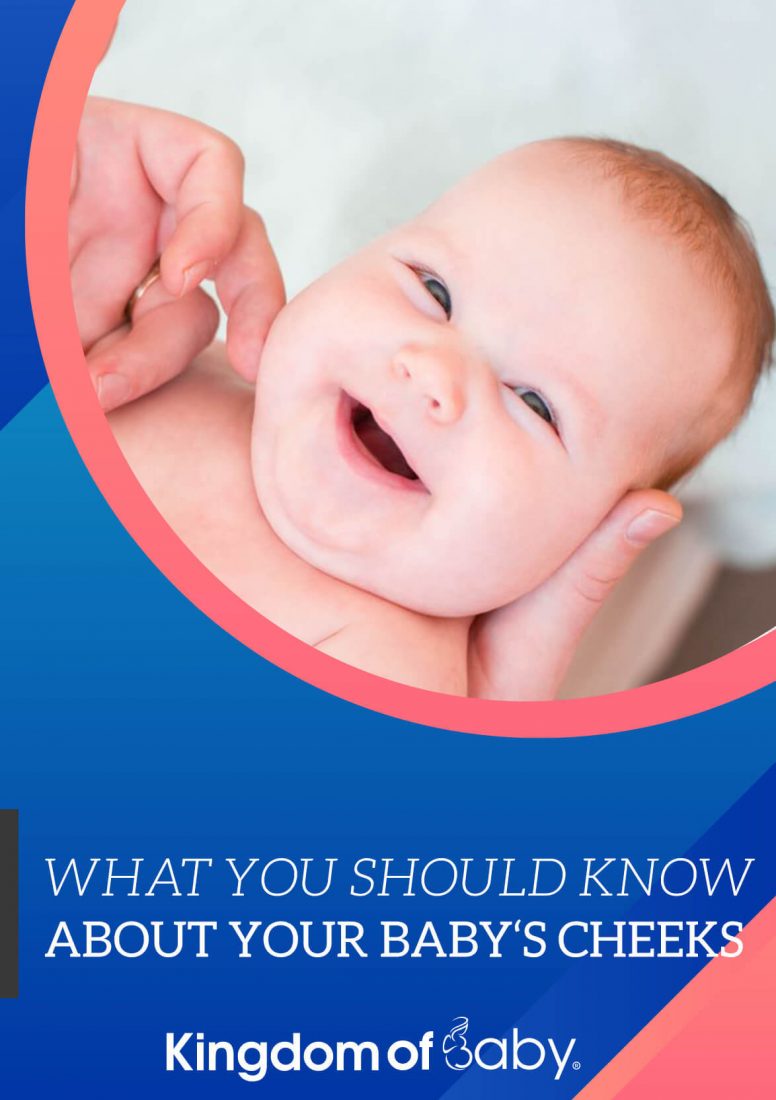
A million things about children make them completely irresistible. Their gentle skin, the smell of their little heads and perhaps most importantly, their lovely squishy, tingling cheeks; babies certainly can capture your heart.
All children appear to have puffier cheeks than children or adults. So why are babies’ cheeks so chubby? It turns out that this characteristic has a significant function— or effectively more than one.
Why do babies have chubby cheeks?
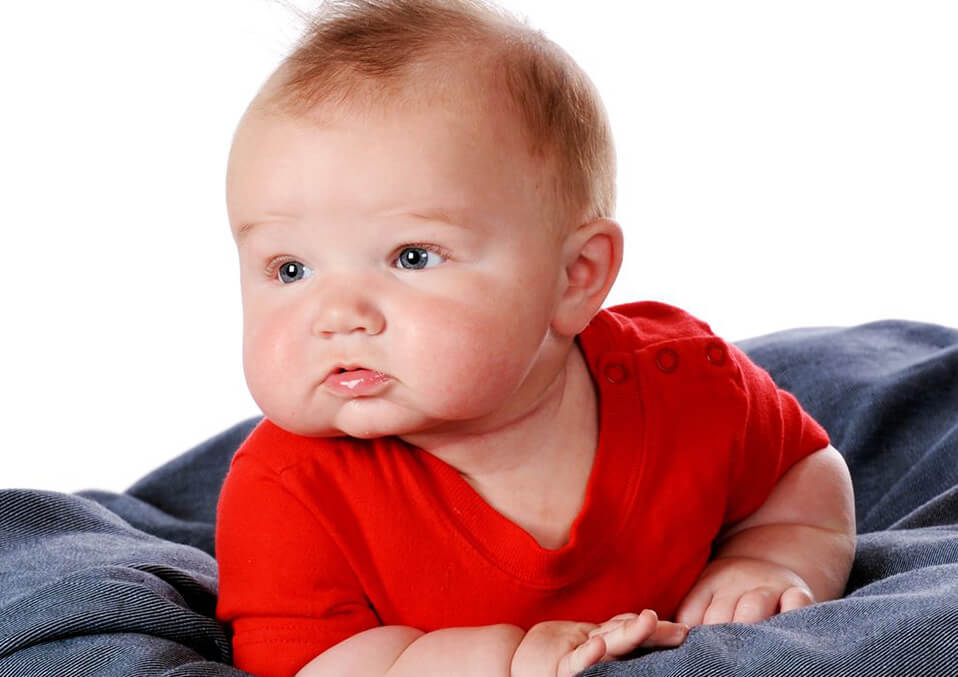
The cheeks of a baby play a significant part in breastfeeding. Chubby cheeks assist a baby’s tongue in stabilizing when they eat. You might or may not have noticed it, but a baby’s tongue is usually more substantial than the baby’s mouth. Their fat cheeks, more massive tongue and the cushion on either cheek keep the tongue in position while the child is breastfeeding.
Moreover, the suction of the beverage keeps the cheeks full. Research at Oxford disclosed that the lovely apple cheeks caused a cuteness factor in the child. It is not new to parents; everyone understands that children with a cute face are too adorable for words.
Read also: Everything you should know about child growth
It is also, however, how a child initially triggers an adult reaction or response. A part of being sweet gives the child a beloved impression and emotion that he can feel right away. It is adults who provide care that helps the child feel safe, safe, and loved.
Fact:
Babies have chubby cheeks because the primary part of breast milk is fat. Another reason for some babies to be more chubby is because they get more hindmilk. Breast milk is at first thinner and lower in fat-pre milk, after some time it expresses hindmilk, rich in fat and thicker.
This distinction in breast milk is because the molecules of fat tend to stick with each other in the alveoli. So the baby who feeds less frequently or drains one breast before switching tends to get more fat and hustle because they get hindmilk.
Can babies with chubby cheeks affect your mood?
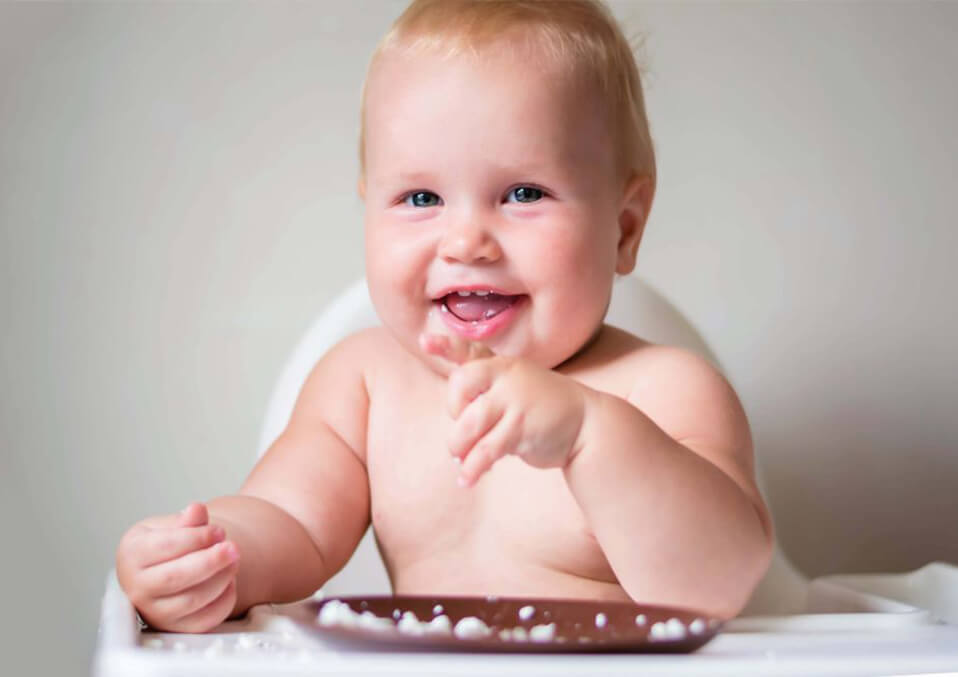
A baby who cries non-stop or is colicky can be a little hard on every parent. You can quickly lose your mind if you are in the throes of it. However, once the weeping stops and the baby sleeps or smiles for a second, the cute cheeks bring you back to reality. It’s like the cuteness overload makes you forget every horrible moment you’ve just gone through.
Think about it. You don’t feel like that when an adult screams or lances for hours. You’re still mad, but when a chubby cheeky baby does this, you look at those sweet cheeks and face and become calm.
What do rosy cheeks mean on babies?
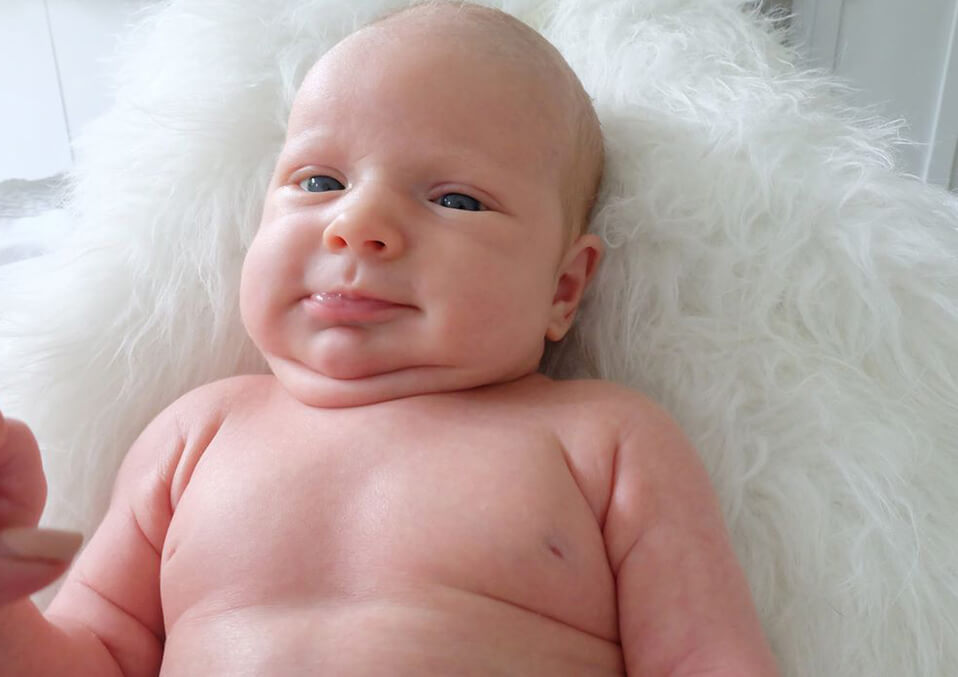
Many individuals associate rosy cheeks with excellent health and often promote cosmetic and fashion trends in making-up and other methods to accomplish this image. Rosy cheeks, however, are not significantly a symbol of well-being or vitality.
Read also: A mothers guide to infant soft spots
Rosy cheeks are caused by blood vessels spreading close to the skin surface. In many cases, for good reasons such as trying to warm the skin in cold conditions, the body will react.
However, sometimes, rosy cheeks may be more serious. A parent must be conscious of the inherent conditions of rosy cheeks and other indications alongside them. By being mindful, they can protect their babies.
Baby Acne
Acne is due to the obstruction of pores in the skin and may trigger redness in regions that it impacts, including cheeks. When the body yields dead skin cells, these cells typically extend to the skin exterior and naturally fall away.
Sebum, an oil that keeps your skin hydrated, in some individuals can interrupt this process. Dead skin and sebum cells can attach and stick to pores. When blocked pores also trap bacteria, acne may also occur, and an infection starts beneath the skin layer. The bacteria can immediately double and make the epidermis look red and swollen.
Rosacea
Rosacea is a prevalent disease, which is often unrecognized. The rosacea usually leads a person’s face to blush and tiny, red bumps that look like acne. It can often be mistaken for other circumstances.
Baby Medicines
People who take painkillers kept in their palms while holding a glass of water in other medicines can cause facial flushing. This sign is often owing to histamine, a substance discharged by the immune system in acknowledgment to the drug.
What is “slapped cheeked syndrome?”
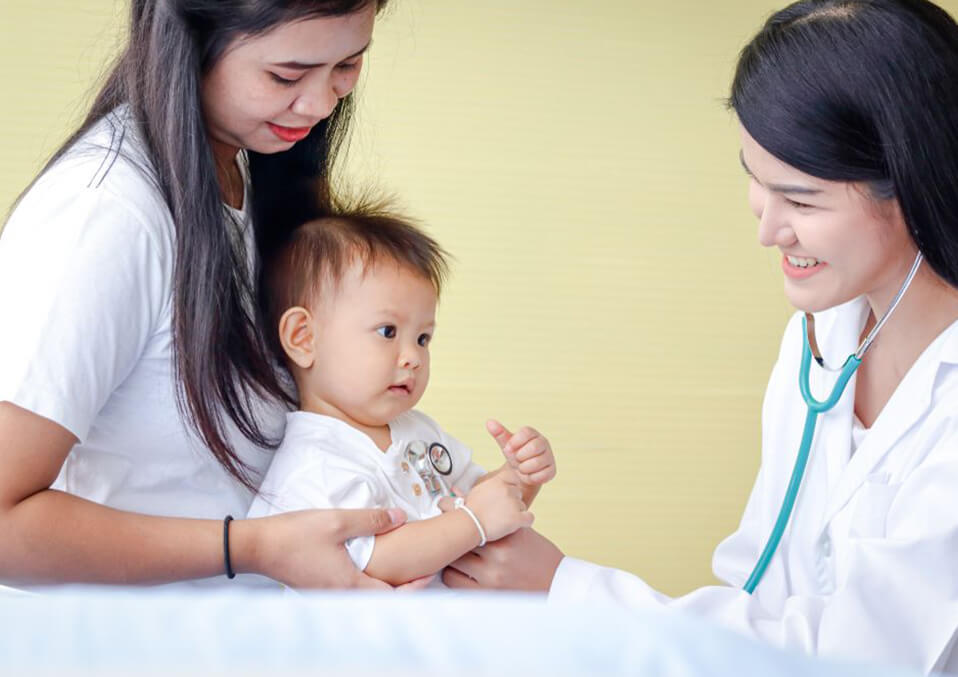
Your child might have slapped cheek syndrome, a prevalent infant disease. It is triggered by a Parvovirus B19 virus, which is named after the light red rash on the cheeks of infants and kids who catch it.
Erythema infectiosum is the medical word for slapped cheek syndrome. Parvovirus B19 spreads readily like other viruses like colds and flu. Also, slapped cheek syndrome is contagious just before the rash appears, so it is difficult to know who’s got it and who doesn’t.
Read also: Help understand your baby by learning these 7 essential baby cues
Your child can catch slapped cheeks from a coughing or sneezing individual that are close to them. He can also take it out of touching something contaminated by the virus and then put his fingers in his nose or mouth.
Your baby doesn’t have to be taken to a doctor because slapped cheek syndrome is a benign disease. It only requires to operate until your baby gets better. Your health visitor or pharmacist can advise you on how to treat your child at home.
See your physician if:
- You are not sure if your baby’s slapped cheek syndrome will lead to a rash.
- Your infant is 38 degrees C or more if the infant is less than three months old, or 39 degrees C or higher if it is less than six months old.
- The fever of your baby lasts for over five days. He could have another infection.
- Your child is unpleasant in other respects, for instance, if he continues to be sick, does not feed or seems floppy.
Read also:
- Your Baby’s First Smile
- A Mother’s Guide to Infant’ Soft Spots
- How You Can Be The Best Parent By Knowing Your Baby’s Facial Expressions


